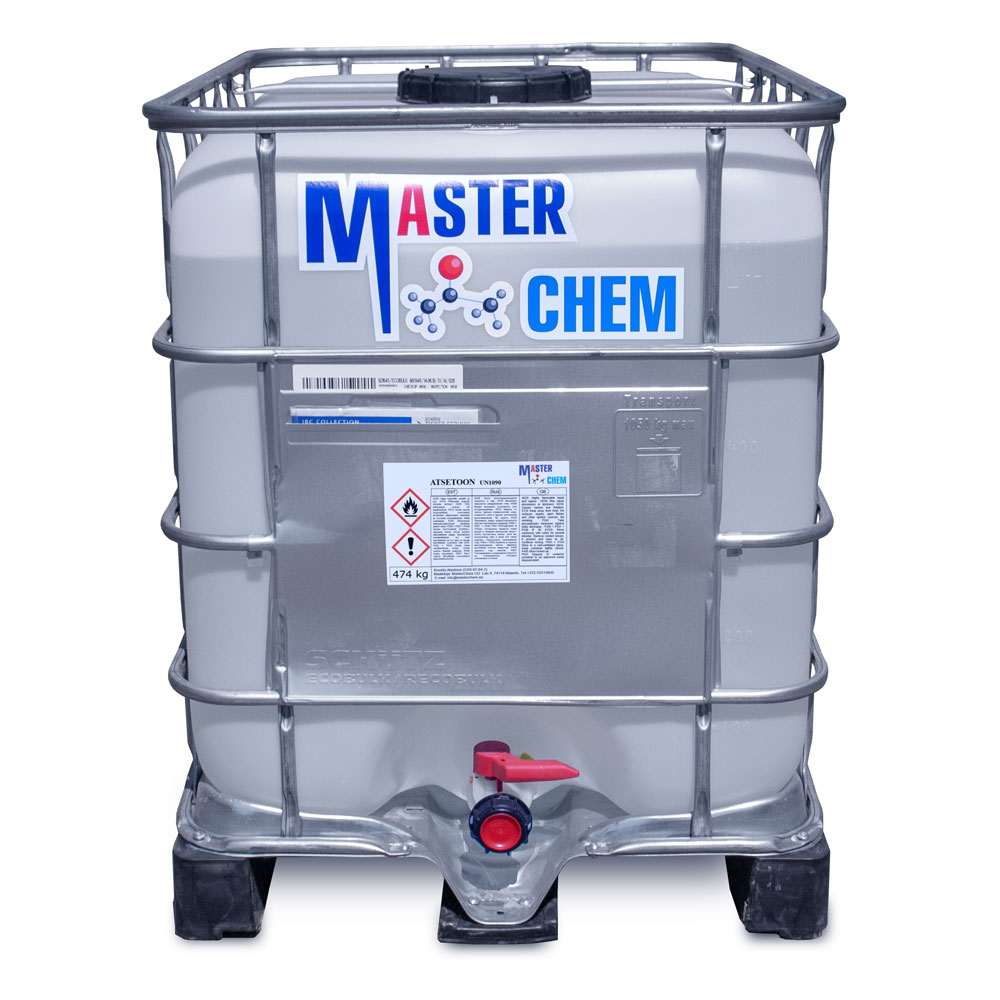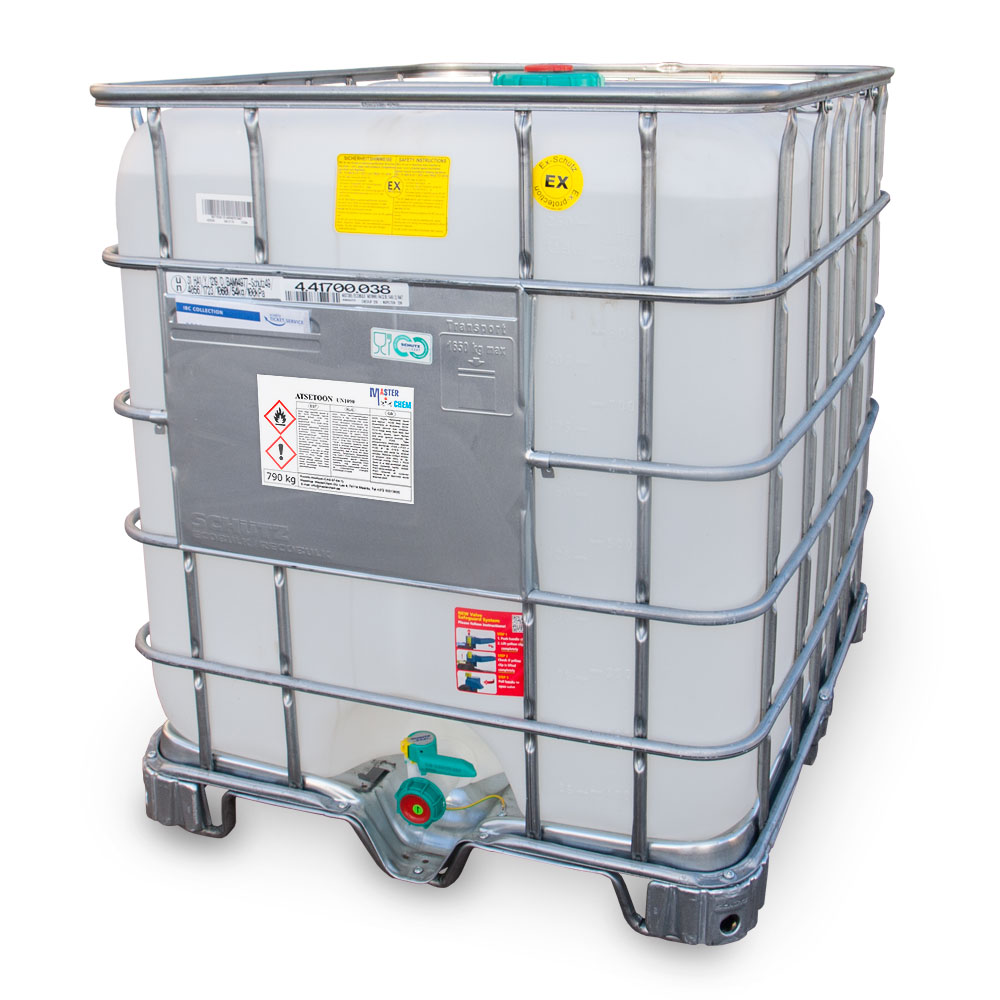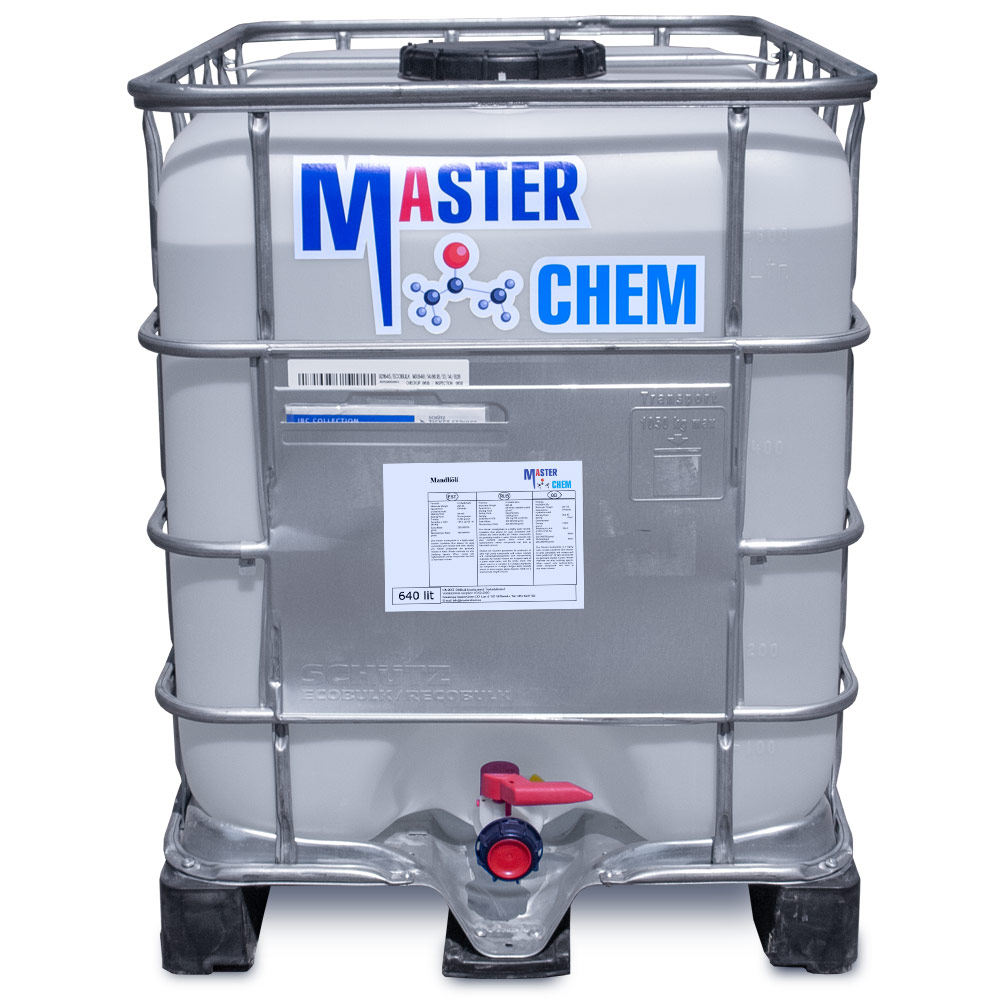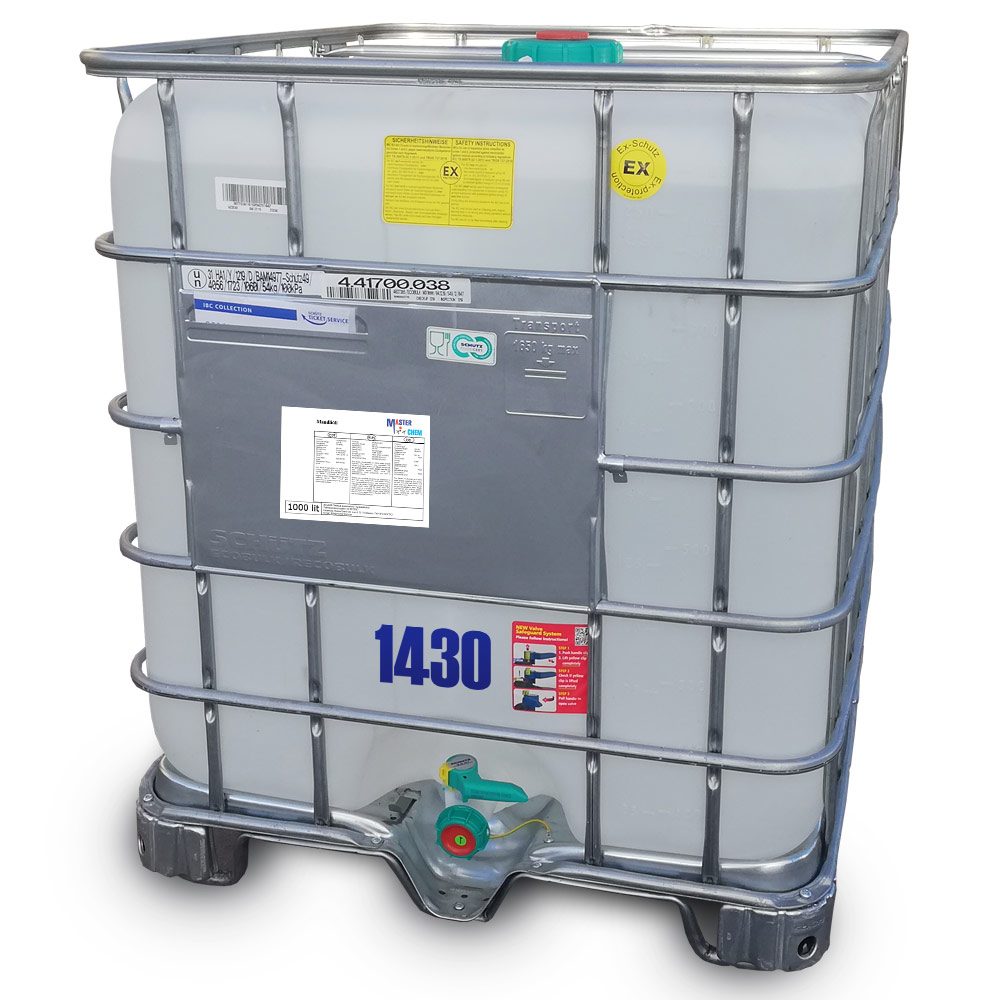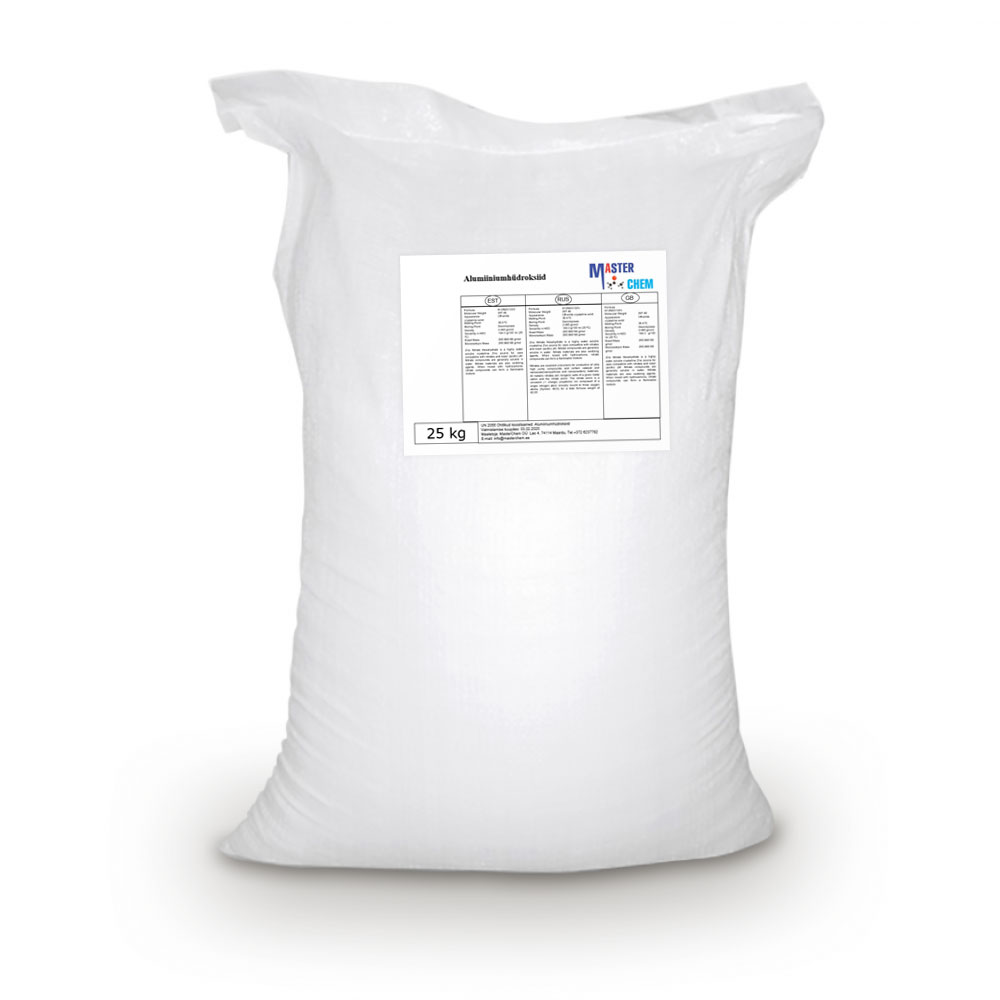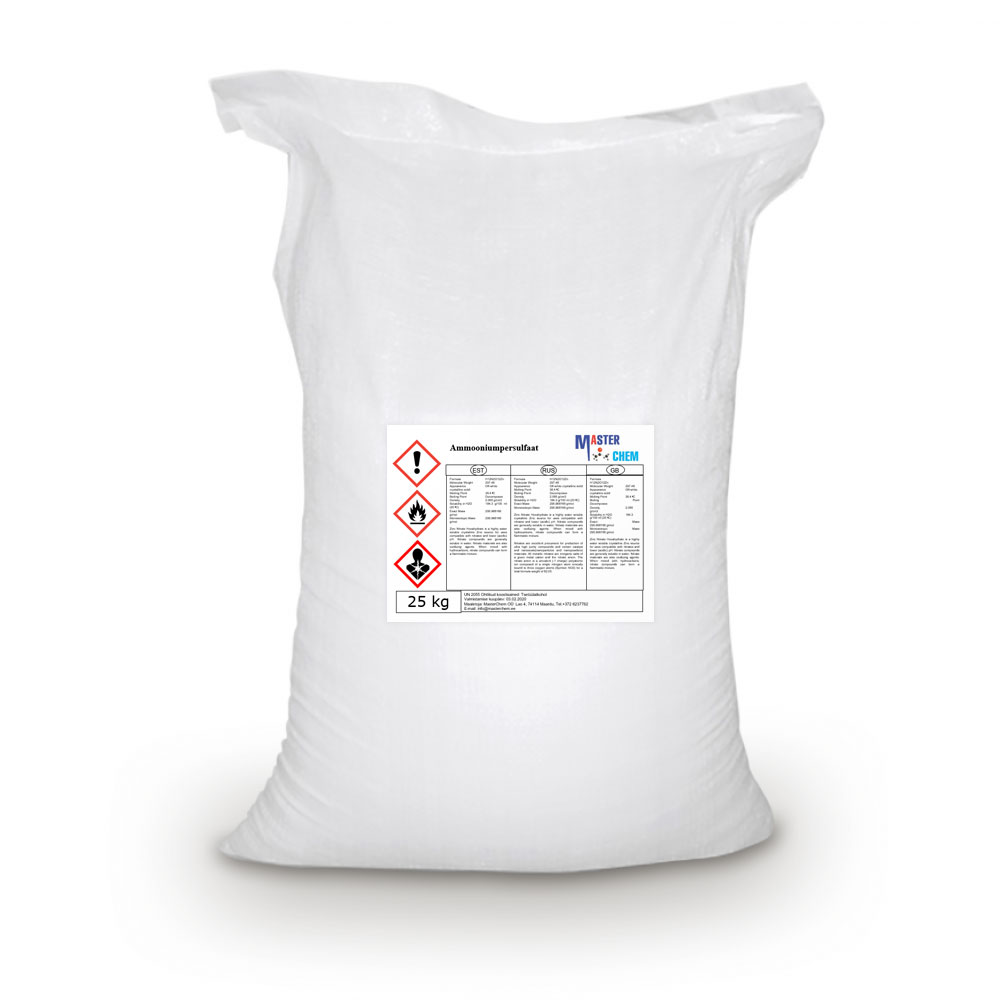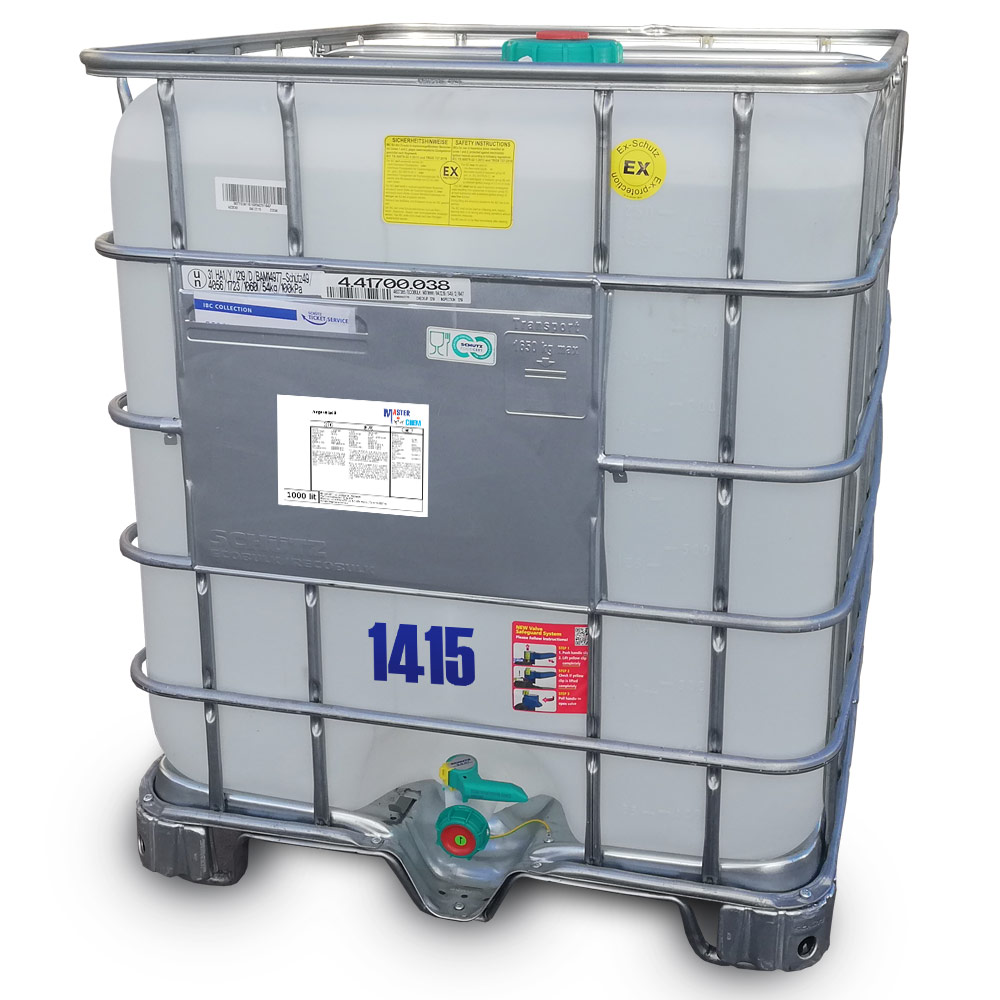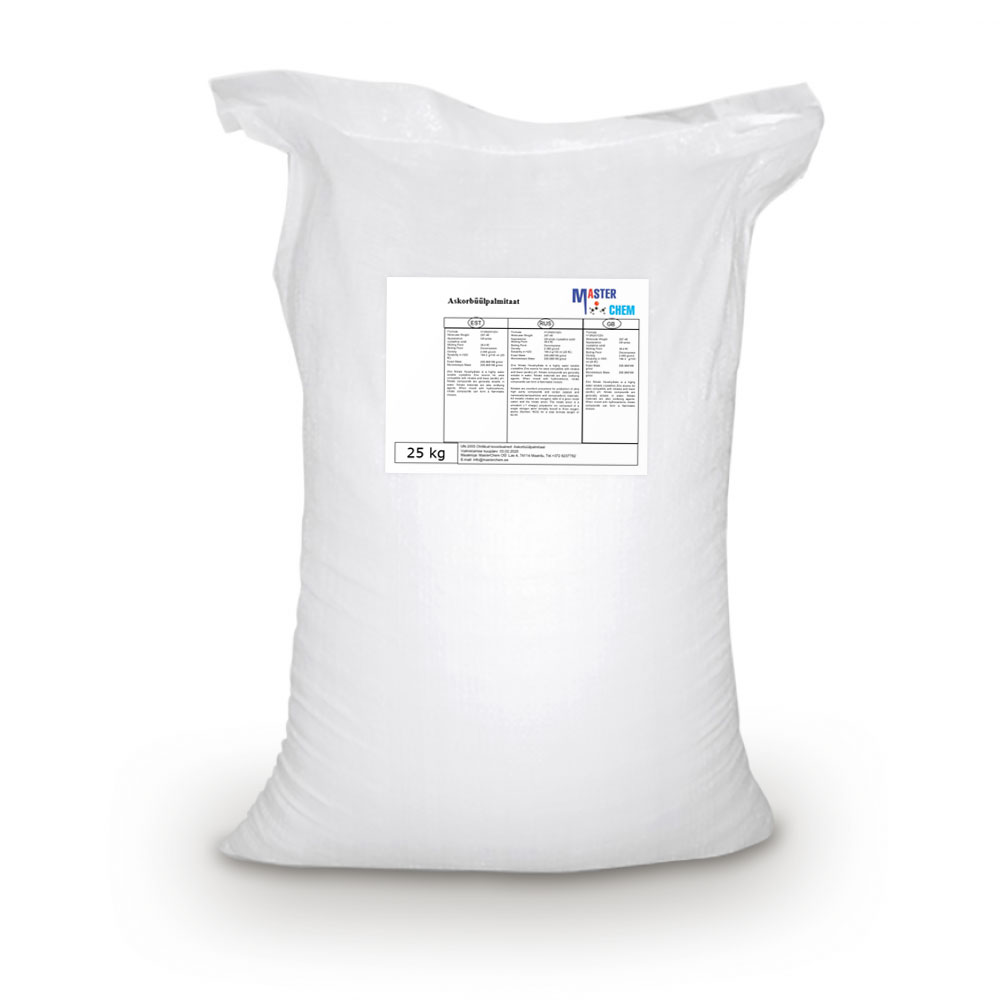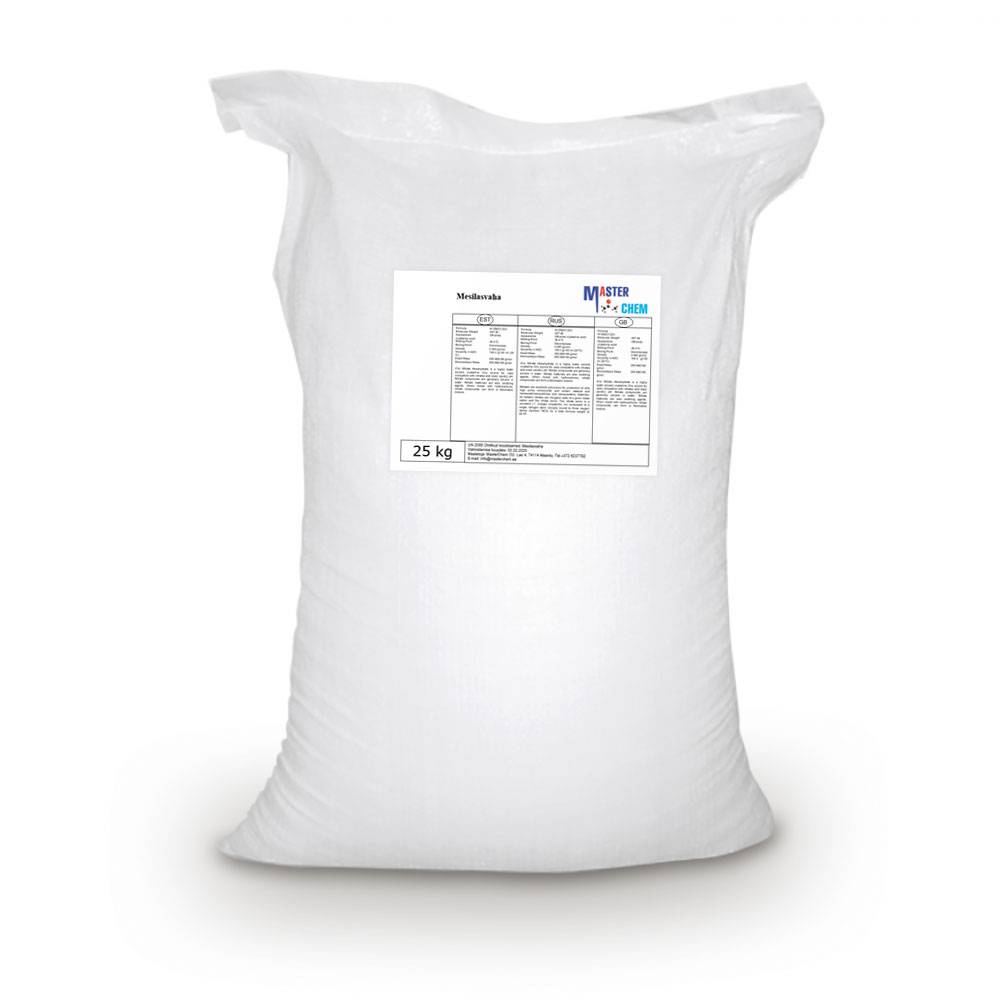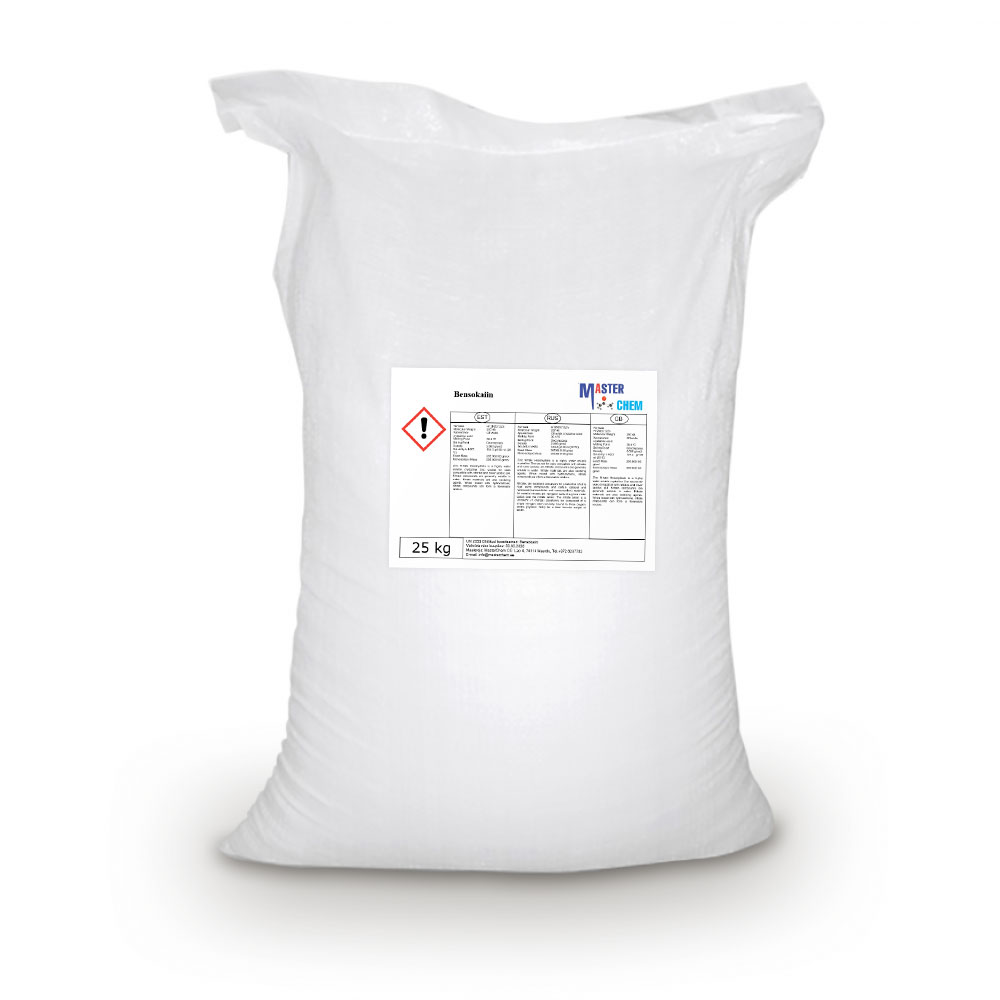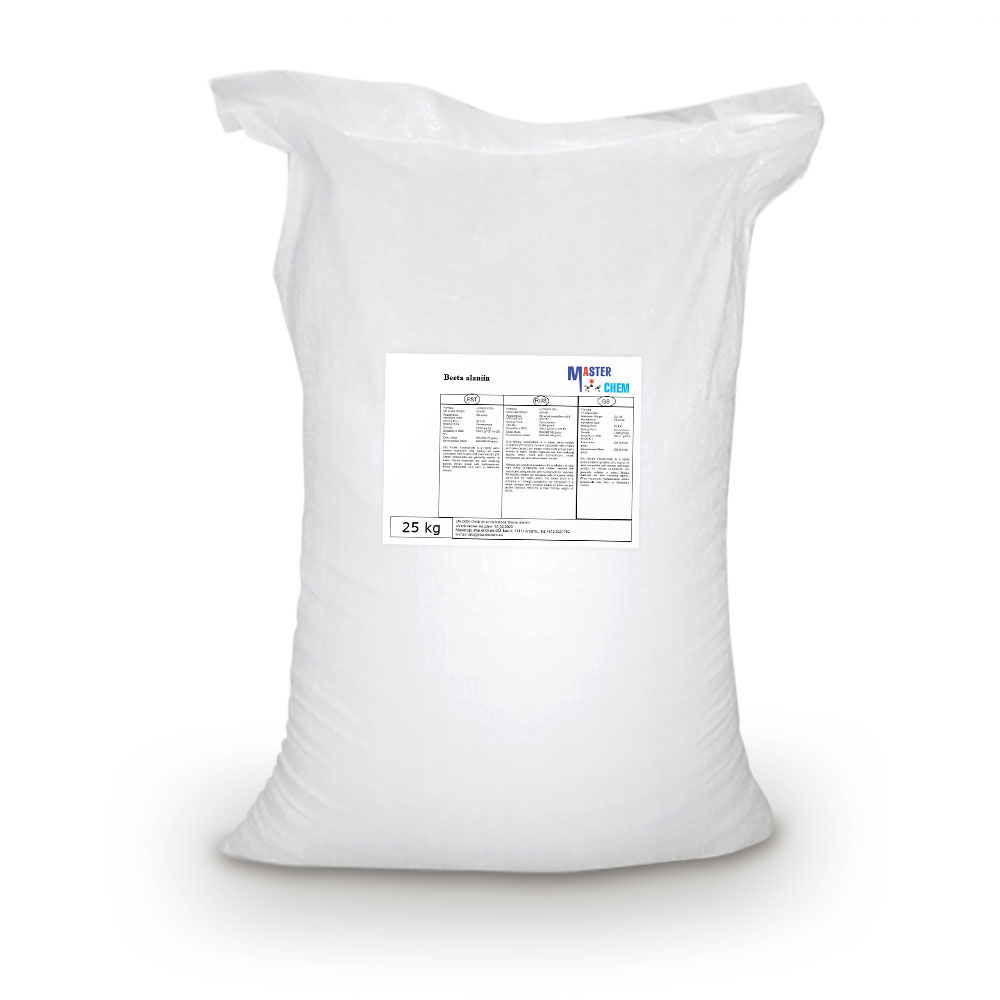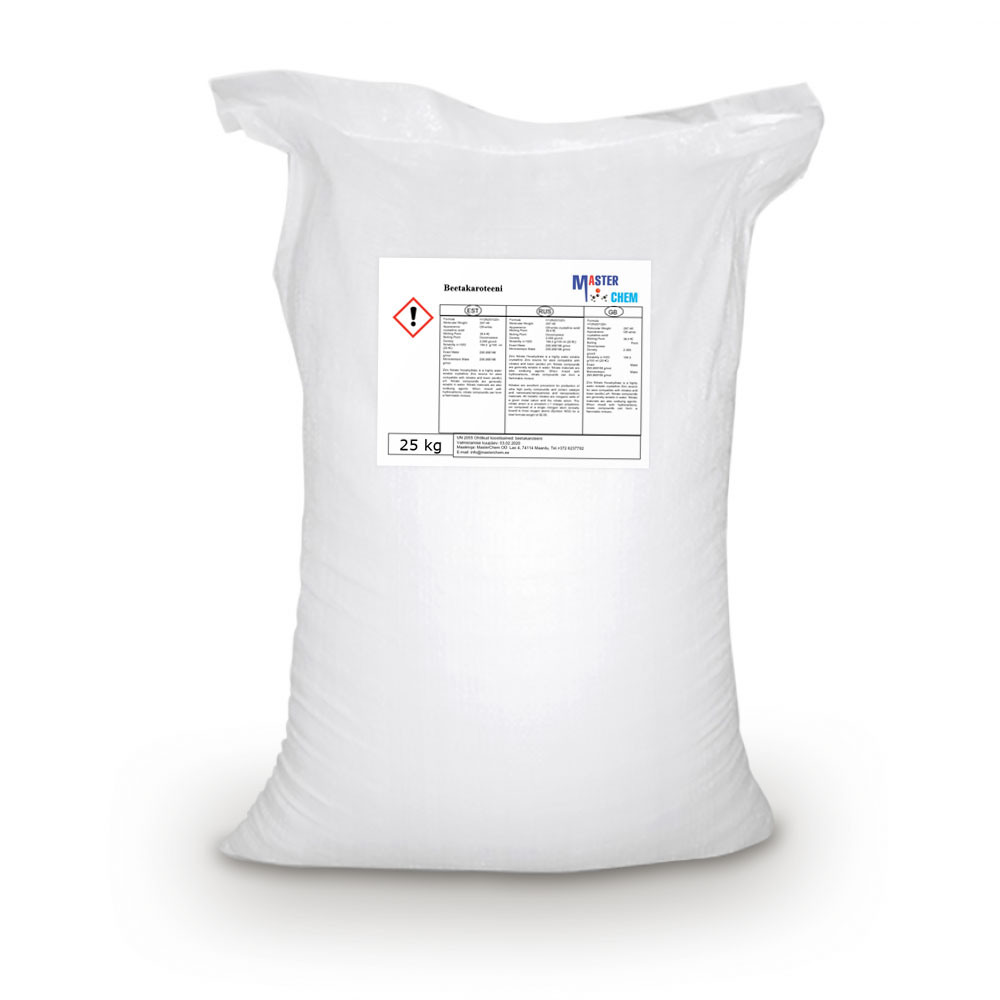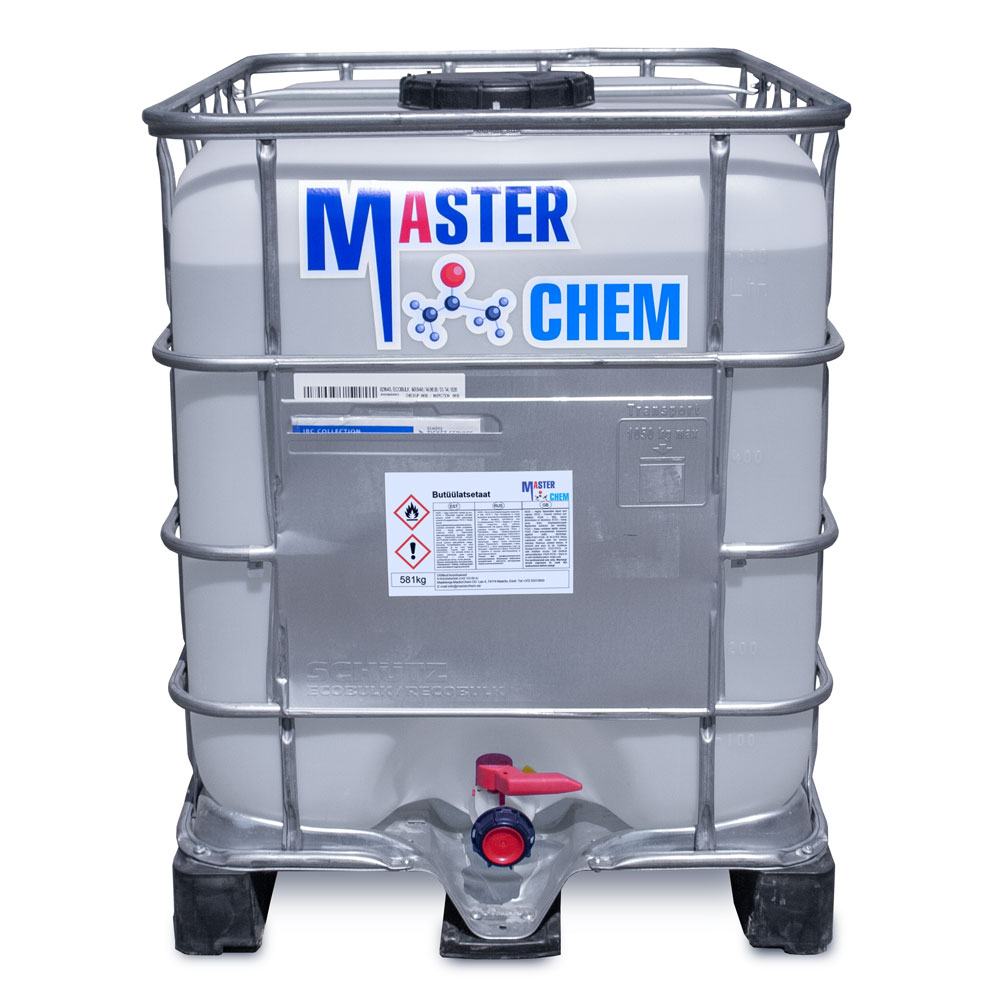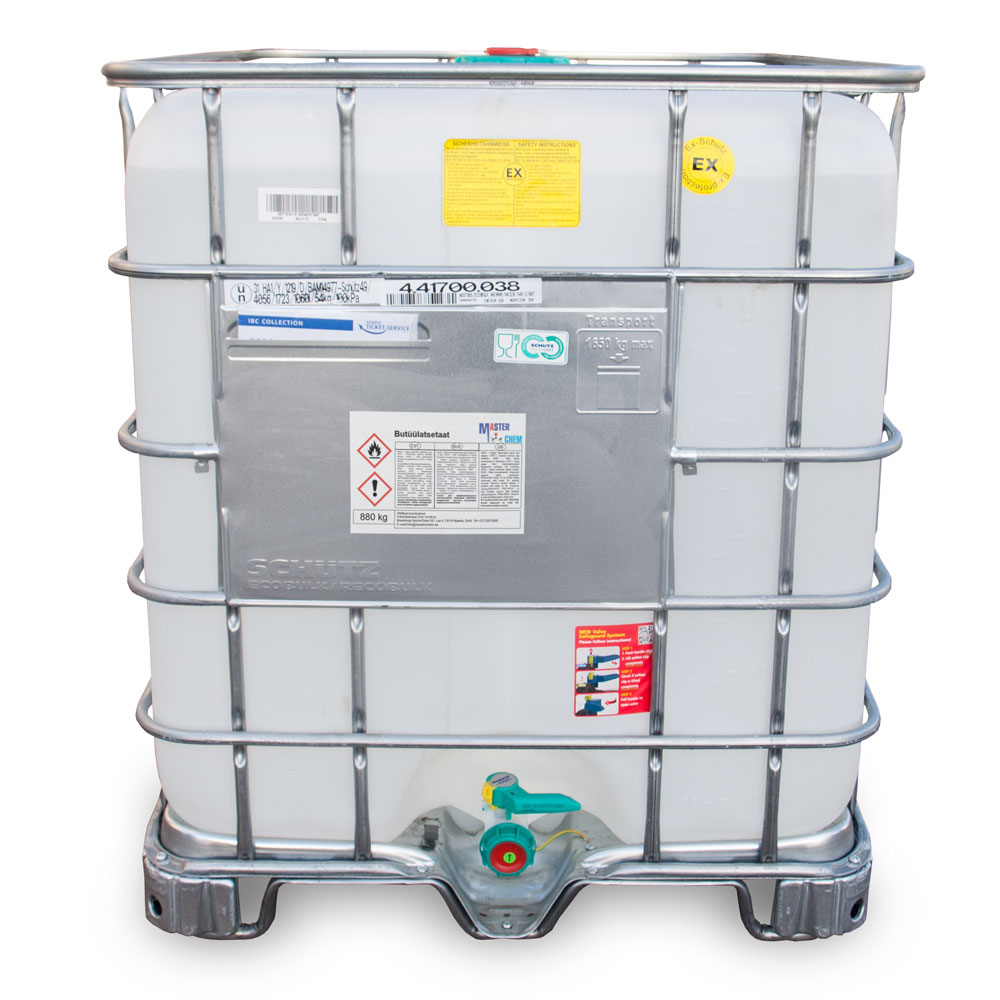Currently Empty: €0.00
Allantoin (CAS 97-59-6)
Allantoin (CAS 97-59-6)
Allantoin is a chemical compound with formula C4H6N4O3. It is also called 5-ureidohydantoin or glyoxyldiureide. It is a diureide of glyoxylic acid. Allantoin is a major metabolic intermediate in most organisms including animals, plants and bacteria. It is produced from uric acid, which itself is a degradation product of nucleic acids, by action of urate oxidase (uricase).
Allantoin is present in botanical extracts of the comfrey plant and in the urine of most mammals. Chemically synthesized bulk allantoin, which is chemically equivalent to natural allantoin, is safe, non-toxic, compatible with cosmetic raw materials and meets CTFA and JSCI requirements. Over 10,000 patents reference allantoin.
Almond oil (CAS 8007-69-0)
Almond oil (CAS 8007-69-0)
lmond Oil is the oil of the bitter almond after the removal of hydro- cyanic acid. it is a colorless to slightly yellow liquid having a strong principally almond-like aroma. it is used mainly in the pharmaceu- tical and cosmetic industry and also as a food flavoring agent. Sweet almond oil is an emollient with soothing properties.
Almond oil is used therapeutically as an emollientand to soften ear wax. As a pharmaceutical excipient it is employed as a vehicle in parenteral preparations, such as oily phenol injection. It is also used in nasal spray, and topical preparations.Almond oil is also consumed as a food substance.
Aluminium hydroxide (CAS 21645-51-2)
Aluminium hydroxide (CAS 21645-51-2)
Aluminium hydroxide, Al(OH)3, is found in nature as the mineral gibbsite (also known as hydrargillite) and its three much rarer polymorphs: bayerite, doyleite, and nordstrandite. Aluminium hydroxide is amphoteric, i.e., it has both basic and acidic properties. Closely related are aluminium oxide hydroxide, AlO(OH), and aluminium oxide or alumina (Al2O3), the latter of which is also amphoteric. These compounds together are the major components of the aluminium ore bauxite.
Ammonium persulfate (CAS 7727-54-0)
Ammonium persulfate (CAS 7727-54-0)
Ammonium persulfate (APS) is the inorganic compound with the formula (NH4)2S2O8. It is a colourless (white) salt that is highly soluble in water, much more so than the related potassium salt. It is a strong oxidizing agent that is used in polymer chemistry, as an etchant, and as a cleaning and bleaching agent.
The dissolution of the salt in water is an endothermic process. As an oxidizing agent and a source of radicals, APS finds many commercial applications.
Salts of sulfate are mainly used as radical initiators in the polymerization of certain alkenes. Commercially important polymers prepared using persulfates include styrene-butadiene rubber and polytetrafluoroethylene.
Ammonium persulfate is a standard ingredient in hair bleach. Persulfates are used as oxidants in organic chemistry. For example, in the Minisci reaction.
Argan oil (CAS 223747-87-3)
Argan oil (CAS 223747-87-3)
Argan oil is a plant oil produced from the kernels of the argan tree (Argania spinosa L.).
Argan oil has a relative density at 20 °C (68 °F) ranging from 0.906 to 0.919.
Argan oil contains tocopherols (vitamin E), phenols, carotenes, squalene, and fatty acids (80% unsaturated). The main natural phenols in argan oil are caffeic acid, oleuropein, vanillic acid, tyrosol, catechol, resorcinol, (−)-epicatechin and (+)-catechin.
Depending on the extraction method, argan oil may be more resistant to oxidation than olive oil.
Ascorbyl palmitate (CAS 137-66-6)
Ascorbyl palmitate (CAS 137-66-6)
Ascorbyl palmitate is an ester formed from ascorbic acid and palmitic acid creating a fat-soluble form of vitamin C. In addition to its use as a source of vitamin C, it is also used as an antioxidant food additive (E number E304). It is approved for use as a food additive in the EU, the U.S., Canada, Australia, and New Zealand.
Ascorbyl palmitate is also marketed as “vitamin C ester”. It is synthesized by acylation vitamin C using different acyl donors.
Beeswax (CAS 64742-26-3)
Beeswax (CAS 64742-26-3)
Beeswax absolute is obtained by alcohol extraction of beeswax. The yield is generally less than 1%.The yellowish-brown, viscous product has a mild, honey-like odor, and high tenacity; it is used almost exclusively in fine fragrances.
Crude yellow beeswax is harvested together with honey and represents a secondary secretion of the bee. Once the honey is recovered from the honeycomb by draining the cells, the wax combs are washed with water, melted and poured into molds to harden. The wax is refined by melting in hot water to which sulfuric acid or alkali may be added to extract impurities. The resulting wax is referred to as yellow beeswax. Yellow beeswax contains cerolein, a mixture of fatty acids and soluble in hot alcohol and slightly soluble in cold alcohol; myricyl alcohol and myricyl palmitate, insoluble in alcohol. Beeswax is produced worldwide with the same chemical composition. The odor may vary slightly, depending on the source.
Benzocaine (CAS 94-09-7)
Benzocaine (CAS 94-09-7)
Benzocaine is an ester of paraaminobenzoic acid, lacking the terminal diethylamino group of procaine, with anesthetic activity. Benzocaine binds to the sodium channel and reversibly stabilizes the neuronal membrane which decreases its permeability to sodium ions. Depolarization of the neuronal membrane is inhibited, thereby blocking the initiation and conduction of nerve impulses.
Beta alanine (CAS 107-95-9)
Beta alanine (CAS 107-95-9)
β-Alanine (or beta-alanine) is a naturally occurring beta amino acid, which is an amino acid in which the amino group is attached to the β-carbon (i.e. the carbon two atoms away from the carboxylate group) instead of the more usual α-carbon for alanine (α-alanine). The IUPAC name for β-alanine is 3-aminopropanoic acid. Unlike its counterpart α-alanine, β-alanine has no stereocenter.
Beta carotene (CAS 7235-40-7)
Beta carotene (CAS 7235-40-7)
Beta carotene is an organic, strongly coloured red-orange pigment abundant in fungi, plants, and fruits. It is a member of the carotenes, which are terpenoids (isoprenoids), synthesized biochemically from eight isoprene units and thus having 40 carbons. Among the carotenes, β-carotene is distinguished by having beta-rings at both ends of the molecule. β-Carotene is biosynthesized from geranylgeranyl pyrophosphate.

